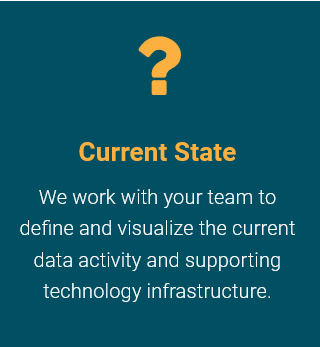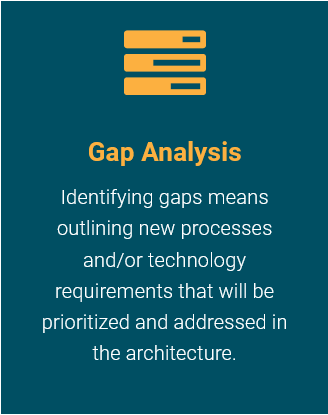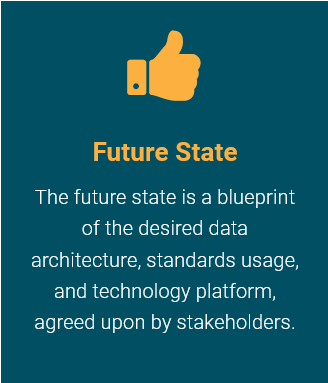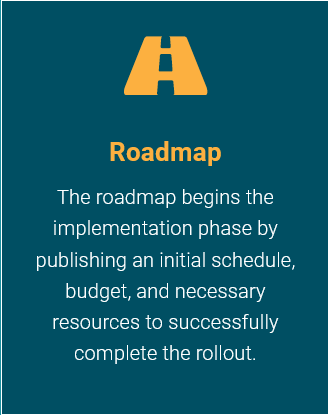A Data Strategy is the foundation for empowering people with information to support the mission and objectives of the organization.
Data needs to be treated like any other important asset - that means, defining a strategy for its management and how it will be accessed and used in decision-making.
Whether you’re just starting out or actively managing multiple data silos, our data strategists can help you close the gap between what you know is possible and what you’re actually doing today.
Data Definition:
Data Strategy starts with the question “What information will your organization need to collect, store, access and analyze to make informed decisions?” A data inventory first identifies the data categories, elements definitions and metadata needed to support the data strategy. This includes defining a data vocabulary, including the data sources, data owners, data stewards and data applications that are associated with each data element or category.
Data Standards:
Educational data standards such as CEDS, SIF, PESC, IMS Global, and Ed-Fi all address a single issue: how to simplify data exchange in the entire educational ecosystem, between applications, services, people (educators, parents, students) and organizations (vendors, and post-educational institutions such as hiring companies). The answer to which data standards you deploy where and between which applications is a key component of your data architecture development, and systems integration will become easier and less expensive when the right standards are used by all members of the ecosystem.
Data Models:
At the highest level, data models convey the core data and information concepts and/or principles of an organization in a simple way, using concise descriptions. Key concepts, such as the definition of “student” and “teacher” are defined as entities with properties in the data model. In addition, it defines the important relationships between entities, which enables managing such things as aggregate reporting and access privileges.
Data Architecture:
Data architects outline how data is related and how it will move and transform throughout the organization. Architects balance requirements for accuracy and stability with needs for speed and agility, and they build plans to map data from any source to any target. A good data architecture helps an organization control costs, maintain consistency and promote analysis and reporting. It should also establish a plan for growth and advances or upgrades in technology, standards and the eco-system of ed tech as a whole.
Step by Step Methodology
From Assessment to Roadmap
Every organization experiences it! Your best intentions for intelligent use of data have somehow resulted in a profusion of spreadsheets, reports, stand-alone software applications, and duplicate data processes.
It’s time to revisit your data use with a smart data strategy, and we’re here to help with our four-step process. Realizing your data strategy vision is a chance for your organizational management and information technology leaders to combine forces and re-align their goals.






